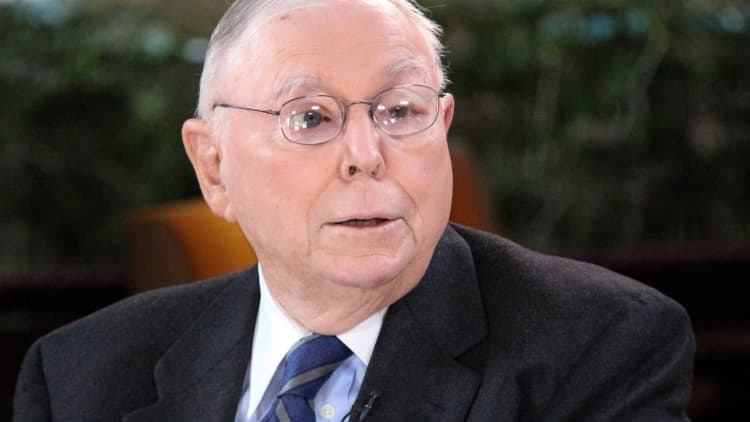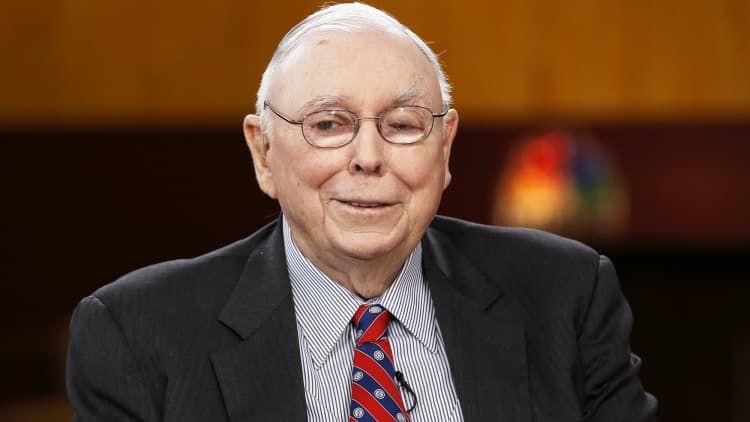I was about to offend someone, so I decided to write instead. Am I supposed to listen to one of my tennis buddies' daughters who wants to buy a tiny share of bitcoin because her friend did a year ago and is really rich now?
How about my pals who ask me about Tesla again and again?
I never say, "don't do it." I just repeat what I believe, which is that these are speculative assets whose prices are divorced from any valuation measures we use.
They could easily keep going up, as the song "Ain't No Stoppin' Us Now" implies, until the music stops, which it will, or might have already.
The high-octane Nasdaq Composite index peaked on February 16th, so my timing could be a few days late.
However, as professional investors, my colleagues and I have goals and objectives to which we need to focus, and the discipline we adhere to can be instructive any day. We build multi-year models of the companies in which we invest, review them as a group, and typically make a long-term commitment to a relatively concentrated number of equities.
Investing is not a game to us, even though it might be a new hobby for nimble-fingered market aficionados. I have written before about this powerful band of enthusiasts, representing a meaningful market force.

Neither is stock trading a sensible antidote to Covid-induced boredom.
Despite our effort to tune it out, the level of noise in the market over the past several months, to chase the momentum, has been deafening. How can we stay true to our mission without being pulled into the SPAC, bitcoin, and Tesla tide?
In part, because I remember, have experienced, and know that the market is not a one-way express up and to the right.
There are periods when most of us will see the value of our equities drop, not a little, but a lot, we will feel sick to our stomachs, worry that the world will question our credibility, and fear that we have lost our touch. And those are the professionals.
But we have conviction in our names and need to keep our objectives in mind. Our goal is to beat the S&P 500, our benchmark, which I have defended as appropriate in the past.
A market that's rough on its darlings

Approximately 50% of the tech-heavy Nasdaq, the index home of CRISPR Therapeutics, DraftKings, CrowdStrike, Shopify, Trade Desk, Okta and Zoom to name a few of the hot stocks over the past year, is concentrated in five names – Apple, Microsoft, Amazon, Facebook, and Alphabet.
Anyone using that benchmark would be motivated to heavily weight those five equities, assuming the corresponding risk.
The top five S&P companies, the same as the Nasdaq 100, constitute 20% of the index weight — still a hefty percentage but not dominant.
While technology at 28% is the largest sector in the S&P, four other sectors — communications services, consumer discretionary, financials, and health care — each comprise at least 10% of the benchmark, which offers a broad range of diversification. The S&P is an evolving construct of the largest US corporations, regularly vetted on financial metrics such as consecutive quarters of profitability.
When I started to write this piece a week ago, there were 102 stocks with a market capitalization over $10 billion that sold for more than 14 times next-twelve-month sales, for a total of $5.3 trillion, or roughly 10% of the total US market, according to FactSet.
Anything exceeding 10 times sales is fairly expensive since, even with a 20% net profit margin on sales, the stock would sell for a price earnings multiple of 50, compared to the market's 21 multiple.
Using 14 times sales, the level at which Tesla trades, implies a steeper multiple of 70 times earnings if the net margin is 20%. Most companies on the list are still losing money, but the market clearly believes they will shift to the black within the next few years.
Following the recent 2.7% and 6.9% drops in the S&P and the Nasdaq respectively, between the close on Feb. 12 and Feb. 25, there is a smaller cohort of 87 stocks trading over 14 times sales with a group valuation of $4.1 trillion, or 8.1% of the whole US market.
The market, in the last few days, has played rough with its darlings. This may be a reprieve, or it may signal a shake-out of exuberance.
Regardless, this is a warning to those who have either forgotten or never knew that you can lose money in the stock market.
It is still comforting that I have not fallen into a trance, thrown away all our discipline, and bought every name on the top of the "highest multiple of sales" list. Beating the market is not easier today than it was five, 10 or 25 years ago. Let us remember that.


